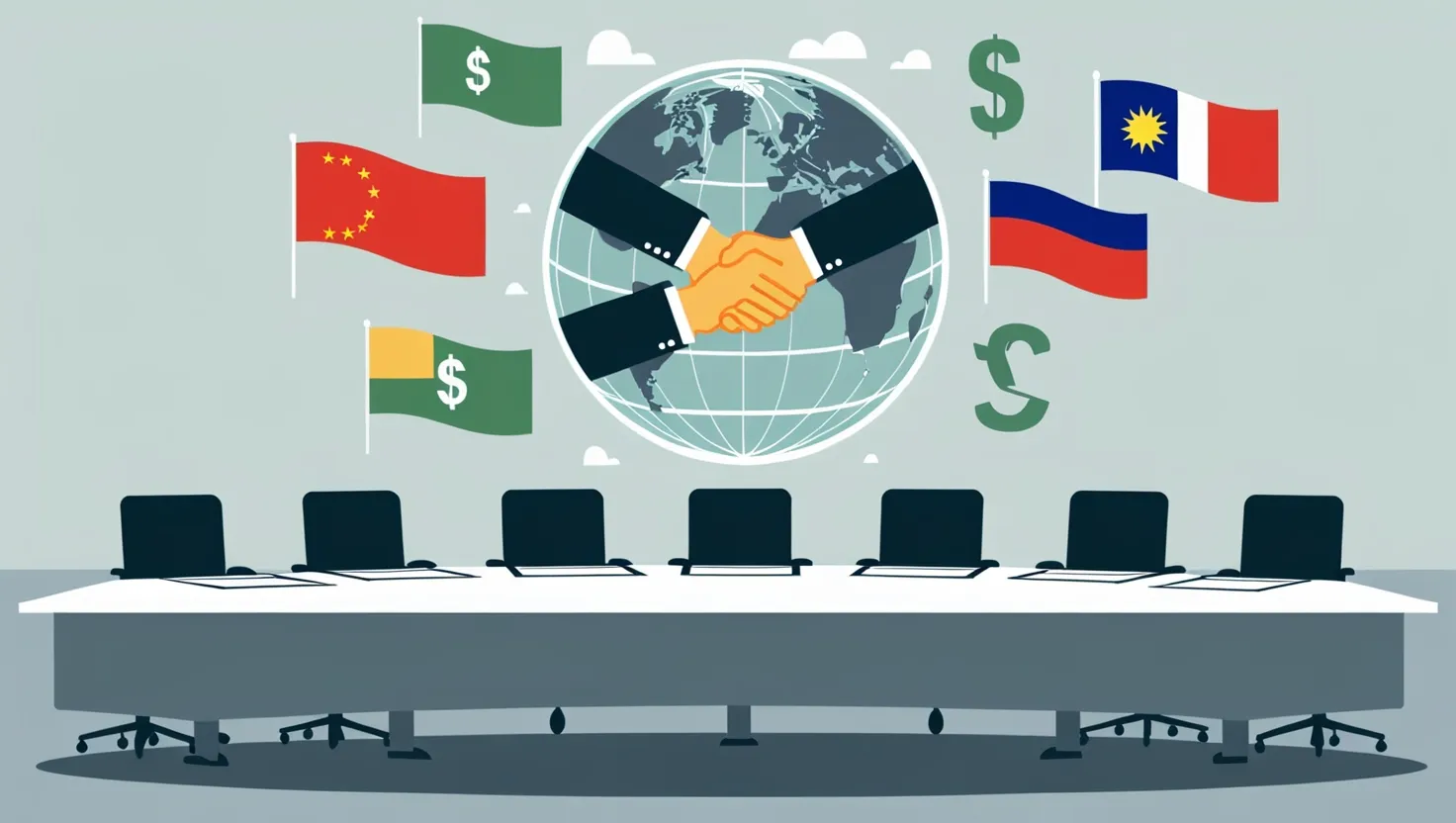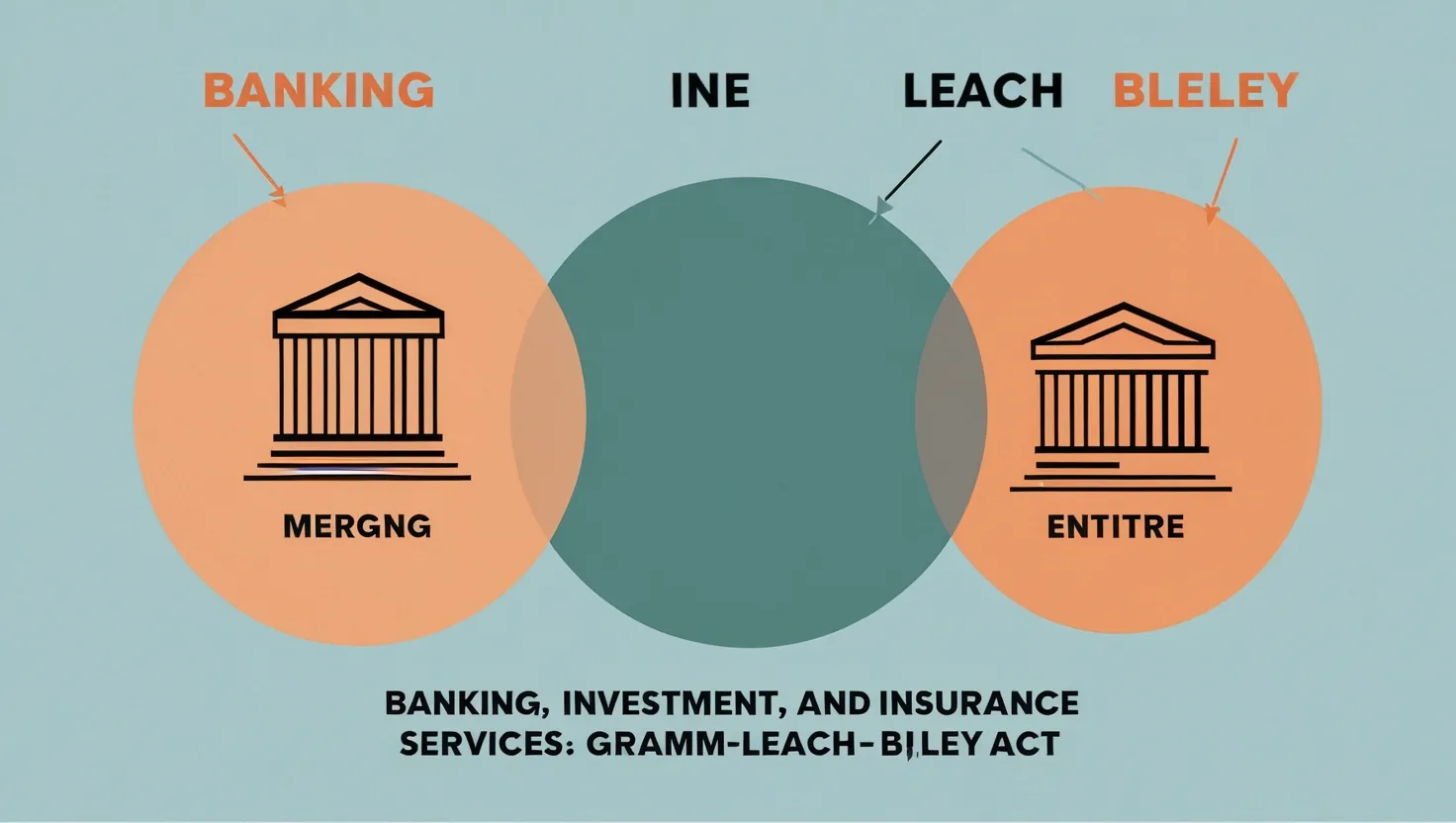As we reflect on the pivotal events that have shaped the global economy, one milestone stands out: the Bretton Woods Conference of 1944. This gathering, held in the serene town of Bretton Woods, New Hampshire, was more than just a meeting of economists and policymakers; it was a cornerstone in the establishment of the post-World War II economic order.
In the midst of World War II, 44 Allied countries came together with a shared vision – to create an economic system that would prevent the economic chaos and competitive devaluations that had plagued the world in the interwar period. The conference was a culmination of over two years of meticulous planning and bilateral meetings between financial experts from the United States and the United Kingdom, notably led by John Maynard Keynes and Harry Dexter White.
Keynes, one of the most influential economists of his time, proposed the creation of a global central bank called the Clearing Union. This institution would issue a new international currency, the “bancor,” designed to settle international imbalances and prevent countries from running significant balance of payments deficits or surpluses. However, White’s more conservative plan, which envisioned a Stabilization Fund funded by national currencies and gold, ultimately prevailed. This fund would later become the International Monetary Fund (IMF).
The Bretton Woods system was revolutionary in its design. It introduced a regime of fixed exchange rates, where countries agreed to peg their currencies to the US dollar, which in turn was convertible to gold at a fixed rate of $35 per ounce. This stability was crucial for promoting international trade and preventing the kind of competitive devaluations that had exacerbated the Great Depression.
Alongside the IMF, the conference also established the International Bank for Reconstruction and Development, now known as the World Bank. The World Bank was tasked with providing long-term loans for post-war reconstruction and development projects. Its role was instrumental in supporting initiatives like the Marshall Plan, which helped rebuild war-torn Europe.
The initial success of the Bretton Woods system was remarkable. It facilitated a period of unprecedented economic growth and stability in the post-war era. The fixed exchange rate system allowed countries to focus on rebuilding their economies without the fear of sudden currency devaluations. The IMF provided a safety net for countries facing balance of payments deficits, while the World Bank financed large-scale development projects.
However, the global economy is inherently dynamic, and the Bretton Woods system was not immune to change. By the 1970s, the fixed exchange rate system began to unravel. The US decision in 1971 to end the convertibility of the dollar to gold marked a significant shift towards a floating exchange rate system. This change was necessitated by the growing economic interdependence and the rise of private international financial markets.
In this new landscape, the IMF and World Bank had to reinvent themselves. The IMF transitioned from managing fixed exchange rates to providing crisis finance for emerging and developing countries. It played a crucial role in developing and implementing the “Washington Consensus,” a set of economic policies aimed at promoting free market reforms and economic stability.
The World Bank, on the other hand, shifted its focus from post-war reconstruction in Europe to global development. With the establishment of its International Development Association (IDA) in 1960, the World Bank became a major channel for development grants and concessional loans to emerging and developing countries.
Despite these adaptations, the Bretton Woods institutions face significant challenges today. The rise of populism and dissatisfaction with globalization have led to increased trade controls and a decline in international economic cooperation. Countries are once again engaging in competitive currency devaluations, and the concept of “currency wars” has become a reality.
Moreover, the intellectual basis of these institutions is being questioned. The “Washington Consensus” is no longer the dominant economic paradigm, and there is a growing need to redefine the purpose and role of the IMF and World Bank. This includes reviewing the founding articles of the IMF to reflect contemporary economic realities and addressing the challenges posed by climate change and economic inequality.
The need for a new Bretton Woods conference is increasingly evident. Such a gathering would aim to reaffirm the benefits of international cooperation and update the institutional framework to address the complexities of the modern global economy. It would require a broad rethink of the international economic and financial architecture, involving not just the traditional powers but also emerging markets.
As we look back on the 80 years since the Bretton Woods Conference, it is clear that the system has been a mixed bag. While it has facilitated unprecedented economic growth and stability, it has also faced numerous challenges and criticisms. However, the core idea of international cooperation and the need for a well-managed global economic system remain as relevant today as they were in 1944.
In today’s world, where economic interdependence is deeper than ever, the lessons of Bretton Woods are more pertinent than ever. The system’s emphasis on stability, cooperation, and development serves as a reminder that economic prosperity is not a solo act but a collective effort. As we navigate the complexities of the 21st century, revisiting and renewing the Bretton Woods spirit could be the key to ensuring a more stable and equitable global economy for generations to come.
The Bretton Woods system was not just about economics; it was about creating a world order that valued cooperation over competition. It was about recognizing that economic stability is a global public good that requires collective action. As we move forward, it is crucial to retain this vision while adapting to the changing economic landscape.
In conclusion, the Bretton Woods Conference was a landmark event that set the stage for the modern global economy. Its legacy is complex, with both successes and challenges. However, the underlying principle of international cooperation remains a cornerstone of global economic stability. As we face new challenges in the 21st century, revisiting the Bretton Woods system can provide valuable insights into how we can build a more cooperative and stable global economic order.






